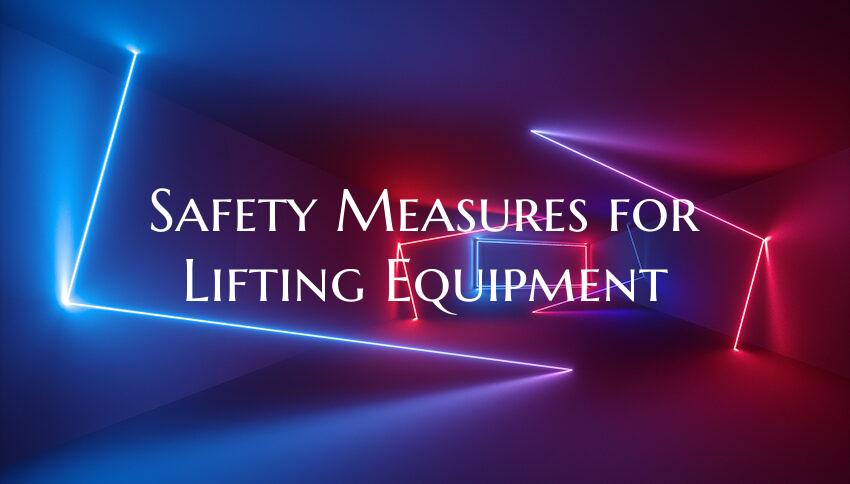Safety Measures for Lifting Equipment
Lifting equipment is vital in various industries for moving and transporting heavy loads. However, using such equipment comes with inherent risks if not handled properly. Employers and workers must adhere to strict safety measures to ensure a safe working environment and prevent accidents. Below are essential safety measures for using lifting equipment:
1. Training and Certification: Workers operating lifting equipment must undergo proper training on how to use the equipment safely. They should also be certified to operate specific types of lifting machinery to prevent accidents due to lack of knowledge or skills.
2. Regular Inspection and Maintenance: Lifting equipment should be regularly inspected for any signs of wear and tear. Maintenance schedules must be followed diligently to ensure that the equipment is in good working condition and does not fail during operation.
3. Weight Limits: Each lifting equipment has a specified weight limit that should never be exceeded. Exceeding the weight limit can lead to equipment failure, causing serious accidents. Always check the weight of the load before using the equipment.
4. Proper Use of Equipment: Ensure that the lifting equipment is used according to the manufacturer's instructions. Do not attempt to modify or misuse the equipment beyond its intended purpose, as this can compromise safety.
5. Personal Protective Equipment (PPE): Workers should wear appropriate PPE such as gloves, helmets, and safety boots when operating lifting equipment. This can protect them from potential hazards and injuries that may occur during lifting operations.
6. Communication: Clear communication is essential when using lifting equipment. Operators and spotters should use hand signals or designated communication devices to coordinate movements and ensure the safety of everyone in the work area.
7. Secure the Load: Before lifting any load, ensure that it is properly secured to the lifting equipment using appropriate slings or chains. Failing to secure the load can result in the load slipping or falling, causing damage and injuries.
8. Avoid Overhead Hazards: Be mindful of overhead hazards such as power lines or structures that could interfere with the lifting operation. Clear the area of any obstacles before lifting to prevent accidents.
9. Emergency Procedures: Workers should be familiar with emergency procedures in case of accidents or equipment failure. This includes knowledge of how to safely lower a load in an emergency situation and evacuation procedures if needed.
By following these safety measures, employers and workers can minimize the risks associated with using lifting equipment and create a safer working environment. Prioritizing safety is crucial to prevent accidents, injuries, and costly damages that can result from improper handling of lifting equipment.

